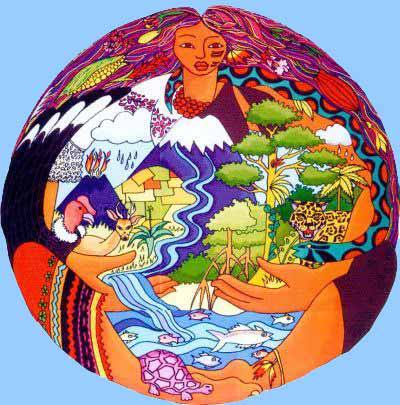Fungus, plural fungi, any of about 99,000 known species of organisms of the kingdom Fungi, which includes the yeasts, rusts, smuts, mildews, molds, and mushrooms.
Fungi are everywhere in very large numbers—in the soil and the air, in lakes, rivers, and seas, on and within plants and animals, in food and clothing, and in the human body. Together with bacteria, fungi are responsible for breaking down organic matter and releasing carbon, oxygen, nitrogen, and phosphorus into the soil and the atmosphere.
What role do decomposers play in the carbon cycle?
The role decomposers play in the carbon cycle is breaking down the remains of dead plants and animals. Through this process, they release carbon dioxide into the atmosphere via respiration, which is the second step in the carbon cycle. Decomposers refer to microorganisms, such as bacteria and fungi, that are seen properly only through a microscope.
The main processes of the carbon cycle are photosynthesis, respiration, decomposition, natural rock weathering and fossil fuel combustion. Respiration takes place in plants, animals and decomposers. This process involves the use of oxygen in breaking down organic compounds into carbon dioxide and water. Animals take in oxygen and oxidize their food to return carbon into the atmosphere, while decomposers consume the rotting remains of plants and animals, thereby returning carbon dioxide into the air. Decomposers thrive in soil and water, and they play an important role in the carbon cycle. Aside from breaking down dead matter, they also remove and recycle living organisms’ waste products that are considered as nature’s garbage. They degrade complex organic molecules, which permanently take in carbon and keep it from being useful to organisms, and release inorganic molecules. The nutrients they produce are consumed by green plants, which are eaten by animals. Eventually, the products of plants and animals are broken down again by decomposers.
Mycorrhizal fungi and soil carbon storage
Soil carbon storage is an important function of terrestrial ecosystems. Soil contains more carbon than plants and the atmosphere combined. Understanding what maintains the soil carbon pool is important to understand the current distribution of carbon on Earth, and how it will respond to environmental change. While much research has been done on how plants, free living microbial decomposers, and soil minerals affect this pool of carbon, it is recently coming to light that mycorrhizal fungi symbiotic fungi that associate with roots of almost all living plants may play an important role in maintaining this pool as well. Measurements of plant carbon allocation to mycorrhizal fungi have been estimated to be 5-20% of total plant carbon uptake, and in some ecosystems the biomass of mycorrhizal fungi can be comparable to the biomass of fine roots.
